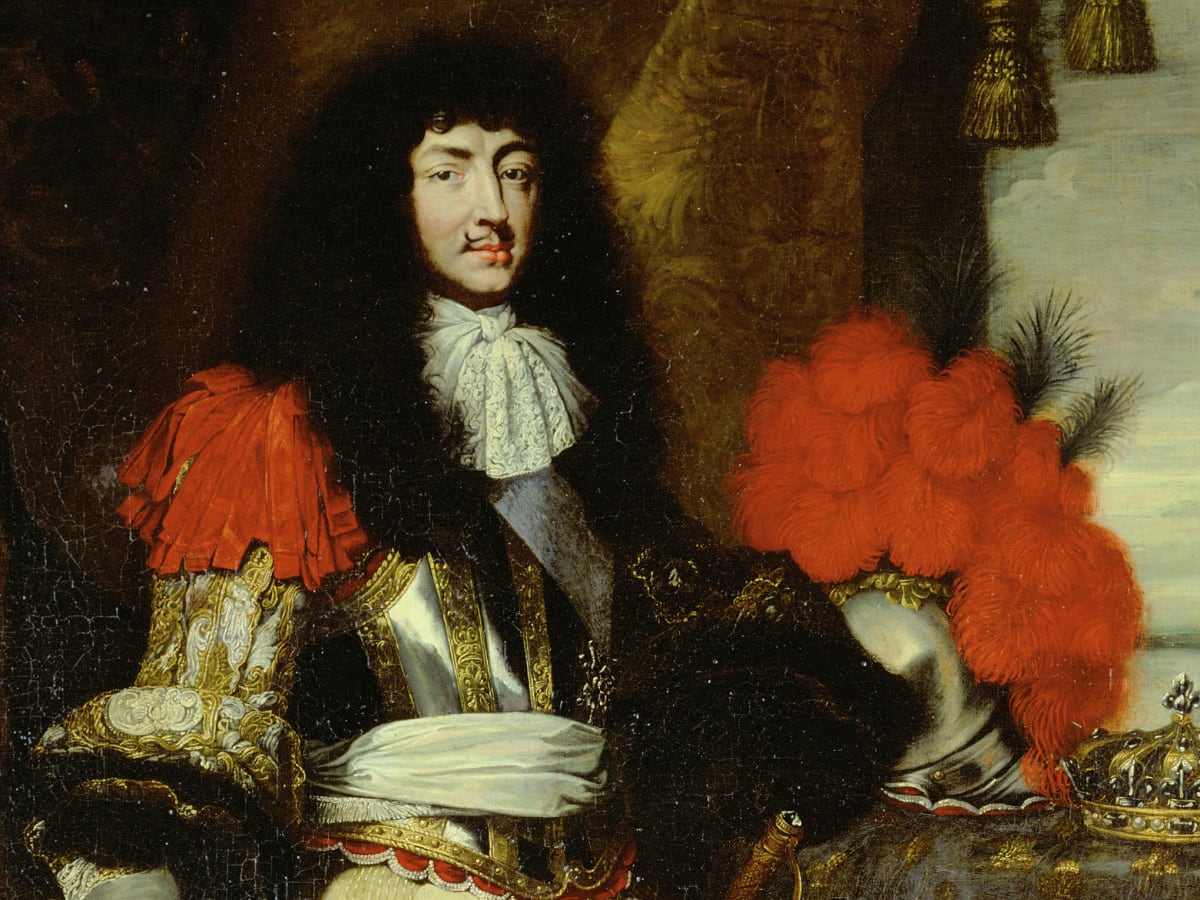The main thrust of this vast effort was northeast, toward the Low Countries and Germany. Louis XIV sought also to secure Spain as a French satellite with a French ruler. Finally, French commitments overseas in North America and in India drove him to attempt, against English and Dutch rivals, to establish a great French empire outside Europe.
The first war of Louis XIV was a minor one, with Spain, and it ended quickly with the peace of Aix-la- Chapelle in 1668. Furious at the Dutch because of their economic ascendancy, their Calvinism, and their republicanism, Louis resolved to teach them a lesson for entering into an alliance with England and Sweden against him.
He bought off Sweden and England, and in 1672 French forces invaded Holland. The terrified Dutch turned to the youthful William III of Orange (1650-1702), great- grandson of the martyred hero of Dutch independence, William the Silent. But the French advance was halted only by the extreme measure of opening the dikes.
Thereupon, Spain, the Holy Roman Empire, and Brandenburg-Prussia joined against France and her allies. French diplomacy separated this ineffective coalition at the six treaties of Nijmegen (Nimwegen) in 1678-1679.
Holland was left intact at the cost of promising to remain neutral, and the French gave up Colbert’s tariff on Dutch goods; Spain ceded to France the Franche Comte (Free Country of Burgundy), part of the Habsburgs’ Burgundian inheritance, plus some towns in Belgium; Prussia, which had defeated Louis’s ally, Sweden, at Fehrbellin (1675), was nonetheless obliged by French pressure to return Swedish lands in Germany.
The power and prestige of France were now at their peak, as rulers all over Europe, and in particular the host of minor German princes, tried to copy the standards of Versailles.

